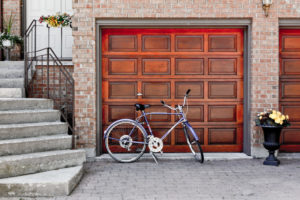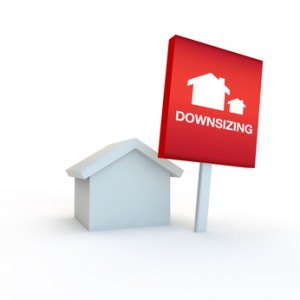 By Penelope Graham, Zoocasa
By Penelope Graham, Zoocasa
Special to the Financial Independence Hub
In today’s real estate market, buying a house is less a traditional rite of passage and more a Herculean feat, especially for Millennials scraping together a down payment in Toronto or Vancouver. To them, the concept of owning a detached dwelling, complete with yard and picket fence, is a faded – and financially unfeasible – memory.
But it was a reality for Canada’s 9.6 million Baby Boomers, many of whom bought in their early 20s, and are still living in the family home. And, given the explosive surge of housing prices over the decades, a fair share of those Boomers have seen their investment grow by hundreds of thousands of dollars. Consider this – according to the Toronto Real Estate Board, the average Toronto home sale price was $75,694 in 1980, compared to September 2016’s average of $755,755 – an 898% increase!
These homeowners face a choice: sell while the market is hot (especially as new mortgage rules designed to cool demand go into effect), or stay put. For many, it’s not an easy decision. They may feel cashing out isn’t worth parting with the beloved family abode. Others may wish to sell, but dread navigating bidding wars and other competitive tactics when buying their next home. For some, “downsizing” may just be a dirty word. So, what options do these Boomers have?
Sell and Lease-back agreements offer an option
To address this conundrum, some seniors have turned to what is traditionally a commercial real estate practice: buy- and sell-back agreements. In these transactions, a home is sold to an investor buyer while the previous owner continues to live in it as a leased tenant. It’s a method growing in popularity, and can seem the best of both worlds, but it certainly comes with its pros and cons. Here’s what Boomers should keep in mind if considering a sell and lease-back agreement:
Pro: It’s attractive for Investors


